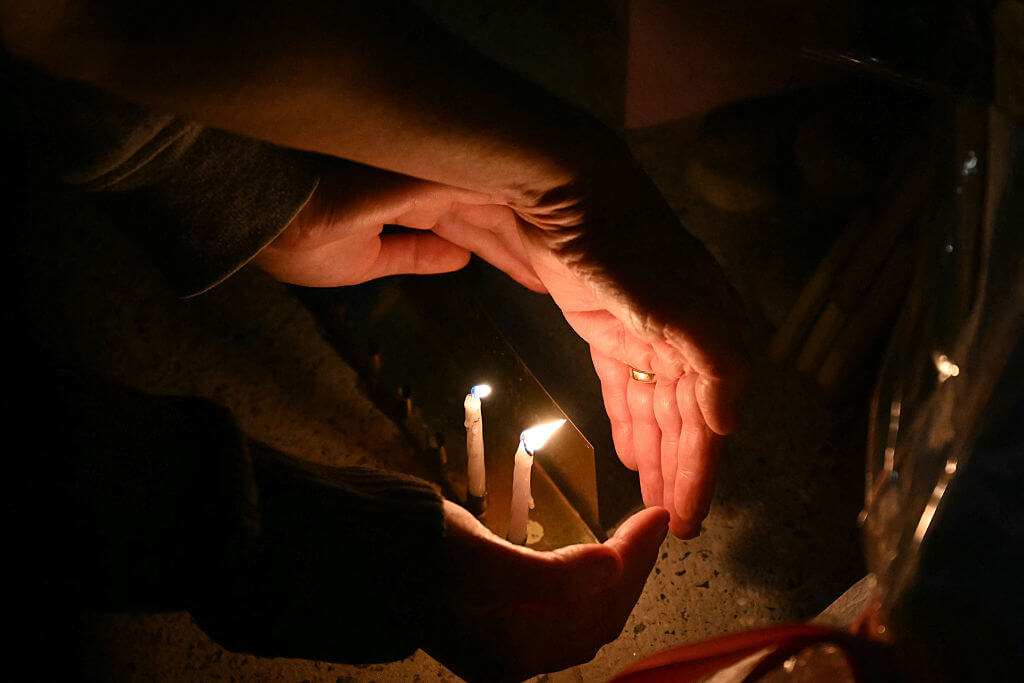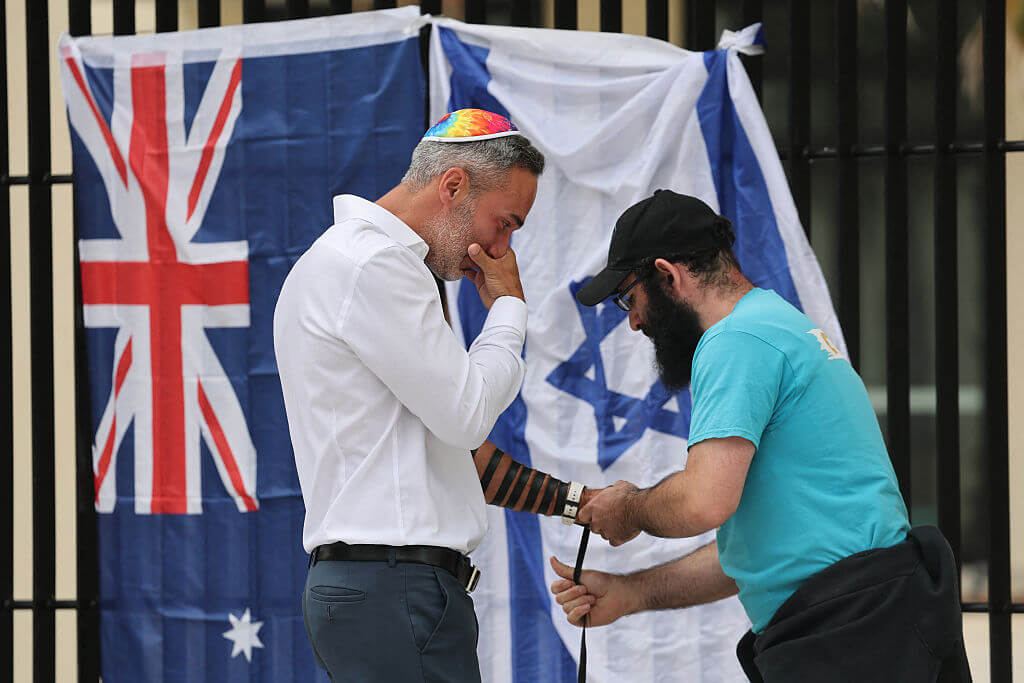The Dark Side of Purim

Graphic by Angelie Zaslavsky
Esther denouncing Haman / Ernest Normand
These days, many liberal Jews think of Purim as a play date for the kids and a night of drunken debauchery for the grown-ups. We think of costumes and songs and noisemakers, a kind of carnival spirit. But the levity with which we approach Purim is actually pretty astonishing. Because this holiday, fun as it may seem on the surface, has a dark and dangerous underside to it.
Orthodox Israeli scientist and philosopher Yeshayahu Leibowitz (1903-1994) was once asked whether he would consider living outside Israel. Leibowitz allegedly responded that, no, he would not, one reason being that Israel was the only place he could live where he never had to celebrate Purim. On Purim he would be in Jerusalem (as a walled city, Jerusalem celebrates Purim a day after everyone else, called Shushan Purim) and on the evening after Purim Leibowitz would travel to Tel Aviv. Thus he never had to read the Megillah nor drink to celebrate an act of bloody revenge — that time we killed Haman, his sons and 75,000 of the Jews’ enemies throughout the ancient Persian empire. In typical fashion, Leibowitz cut to the chase. Purim is essentially about the celebration of violence.
Let us not forget that on Purim we drink to celebrate blotting out the nation of Amalek, of whom Haman is said to be a descendant. The Shabbat before Purim, called Shabbat Zakhor, Jews gather in synagogues to read the only biblically mandated Torah reading of the year, the verses that command genocide against the Amalekites. Perhaps we are commanded to get so inebriated on Purim to simulate the seemingly paradoxical notion of blotting out the memory of Haman through the very act of remembering Amalek. We must remember not only to not forget, but to blot out the enemy — not mercifully, but through genocide.
It is true that the rabbis long ago were aware of the danger of this commandment and put it to rest by saying we no longer know who Amalek is. But as Elliot Horowitz shows in painful detail in his must-read book Reckless Rites: Purim and the Legacy of Jewish Violence, Jews never really gave up on Amalek. In his introduction he cites an interview Jeffrey Goldberg did with now Knesset member Moshe Feiglin in Haaretz in 1994. Feiglin told Goldberg “that although he could not link the Arabs with Amalek ‘genetically,’ their behavior was ‘typical of Amalek.’” What did Feiglin imply here? A young settler, Ayelet, was asked if she thought Amalek was alive today, and she said to Goldberg, “Of course,” and pointed toward an Arab village in the distance.
This Purim is the 20th anniversary of the 1994 Hebron massacre. Since then, every year at this time many Jews feel a twinge of embarrassment as they remember Baruch Goldstein, the American-Israeli who murdered 29 Palestinian Muslims at the Cave of the Patriarchs on Purim 20 years ago. But a mere twinge of embarrassment is too easy. Moshe Feiglin is an elected member of the Israeli government. And Ayelet is not an atypical settler supported by the government. And Goldstein’s grave in Kiryat Arba is a shrine for a whole community of Israelis. Amalek is arguably alive today in the minds of many Jews in ways it has not been in a long time (I recently saw a picture of Ahmadinejad with Hamantaschen ears on the Internet). An enemy is one thing. Amalek is something quite different.
I have taken Purim very seriously my entire adult life. And I have paid for it the next day in spades. But Baruch Goldstein ruined that for me. It was a loss of innocence. Like many others, I could never celebrate Purim the same way after 1994. Because the problem with the Jews today is not only the liberals who don’t take Purim seriously. It is also the Jews who take Purim seriously. Very seriously. Too seriously.
So what should be done about this holiday? If you want to approach Purim with a spirit of open-mindedness this year, I’ve got an idea of how to do it. There is a story about blotting out Amalek told in the name of the Hasidic master Zvi Elimelekh of Dinov (1783-1841). I heard the story from Rabbi Shlomo Carlebach. During the Purim feast, Zvi Elimelekh suddenly stopped the festivities and said, “Saddle the horses and get the carriages, it is time to blot out Amalek.” His Hasidim were petrified. “What could the master mean?” Being obedient disciples, they got in their carriages and followed their rebbe. He rode into town to a local inn where the Polish peasants (the Amalekites of his day?) were engaged in their own drunken bash.
The rebbe and his disciples entered the inn. When the peasants saw them, they stopped dancing. The music stopped. Everyone circled around the rebbe and the Jews as they walked to the center of the dance floor. The room was silent. The rebbe looked at one of the peasants and put out his hand with his palm to the ceiling. Silence. The peasants looked at one another. Suddenly one of them stepped forward and took the rebbe’s hand. They slowly started dancing. The musicians began playing. In a matter of minutes, all the Hasidim and peasants were dancing furiously with one another.
You want to blot out Amalek? Go to the mosque at the Tomb of the Patriarchs. Or any mosque. Reach out your hand. And dance. That is how you blot out Amalek. Crazy? Ask Zvi Elimelekh of Dinov. That is what it means to take Purim seriously after 1994.















